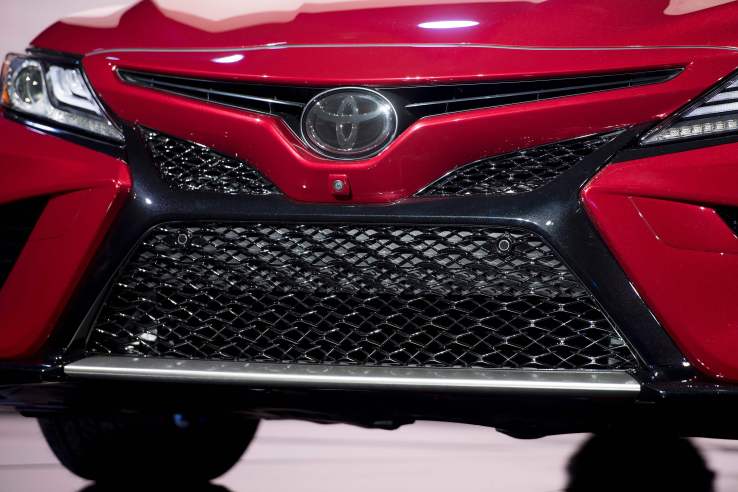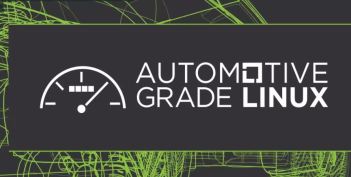

Open-source software was once something that large businesses shied away from, but over the course of the last few years, it’s made inroads into virtually every enterprise company. With Automotive Grade Linux (AGL), the Linux Foundation hosts a project that aims to bring open source to the car industry. As the AGL group announced at CES in Las Vegas today, Toyota and Amazon have now signed up to support the project, as well.
Toyota, which is using AGL in the 2018 Camry, is joining as a platinum member, while Amazon opted for the silver level. Indeed, you may have seen another Toyota and Amazon mashup today, which is probably no coincidence.
With this, Toyota joins other car manufacturers like Ford, Mazda, Honda, Subaru and Suzuki, as well as suppliers like Denso, Panasonic, LG and chip industry giants like Nvidia, Intel and ARM. Overall, the foundation now has 110 member companies. With NTT Data, the organization has also recently brought on a major telecom company. “We’re also in discussion with a lot of the big telecom equipment providers,” AGL executive director Dan Cauchy told me. “You know, the Ciscos of the world and the Ericssons of the world. All of them have some kind of connected car group and they are all interested.”
 Until now, though, the AGL mostly focused on the infotainment stack in the car. There, it has made large strides over the last year or so and recently launched version 5.0 of the actual AGL distribution.
Until now, though, the AGL mostly focused on the infotainment stack in the car. There, it has made large strides over the last year or so and recently launched version 5.0 of the actual AGL distribution.
Toyota joining gives the product another degree of validation, and Cauchy noted that this also means that the company will evangelize AGL to its suppliers. “We’ve reached a point where AGL is going to be around for a long time,” said Cauchy. “We’ll be around for a couple of decades — I would think so — if not longer. Because once we’re in these cards, it’s hard to come out.”
What’s maybe even more interesting, though, is that the AGL is now looking to expand its horizon beyond infotainment. The hot topic in automotive is autonomous driving, of course — and for this, the foundational pieces inside the Linux Foundation and AGL are now coming together.
“Just like we did on the infotainment side, I think there’s a need for a common platform on the autonomous side,” said Cauchy. “Because why reinvent the wheel. My thought is we’re going to combine several things that the Linux Foundation is working on.”
The main piece here is real-time Linux, which will soon become a compile-time option for the Linux kernel. But the AGL has also worked on the security of its systems (because you can’t really have a hacker break into your autonomous car), as well as telematics solutions and a mapping project that will allow car manufacturers to openly share the mapping data they generate from their autonomous cars. It’s the functional safety platform the group is working on, though, that’s at the very heart of this project.
“The platform that I’m envisioning is a platform that has the certified, safety-critical Linux, all the LIDAR, radar, sensor, camera — all of the device drivers for all of the common, biggest manufacturers of those things. And then add a couple of industry standards like OpenCV, which is used for visualization and then get some contributions for some of the OEMs.”
What still remains to be decided is where the API boundaries will be. The group may devise its own autonomous driving system or provide the APIs for allowing manufacturers to bring their own AIs. What is clear, though, is that after successfully bringing open source to the infotainment stack of your future car, it has now set its sights on autonomous driving and the ecosystem that is developing around that.
Featured Image: Getty Images

